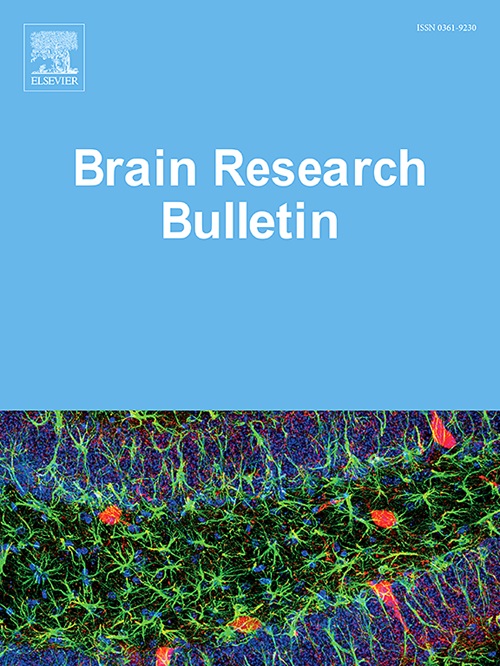Individualized prediction of multi-domain intelligence quotient in bipolar disorder patients using resting-state functional connectivity
IF 3.5
3区 医学
Q2 NEUROSCIENCES
引用次数: 0
Abstract
Background
Although accumulating studies have explored the neural underpinnings of intelligence quotient (IQ) in patients with bipolar disorder (BD), these studies utilized a classification/comparison scheme that emphasized differences between BD and healthy controls at a group level. The present study aimed to infer BD patients’ IQ scores at the individual level using a prediction model.
Methods
We applied a cross-validated Connectome-based Predictive Modeling (CPM) framework using resting-state fMRI functional connectivity (FCs) to predict BD patients’ IQ scores, including verbal IQ (VIQ), performance IQ (PIQ), and full-scale IQ (FSIQ). For each IQ domain, we selected the FCs that contributed to the predictions and described their distribution across eight widely-recognized functional networks. Moreover, we further explored the overlapping patterns of the contributed FCs for different IQ domains.
Results
The CPM achieved statistically significant prediction performance for three IQ domains in BD patients. Regarding the contributed FCs, we observed a widespread distribution of internetwork FCs across somatomotor, visual, dorsal attention, and ventral attention networks, demonstrating their correspondence with aberrant FCs correlated to cognition deficits in BD patients. A convergent pattern in terms of contributed FCs for different IQ domains was observed, as evidenced by the shared-FCs with a leftward hemispheric dominance.
Conclusions
The present study preliminarily explored the feasibility of inferring individual IQ scores in BD patients using the FCs-based CPM framework. It is a step toward the development of applicable techniques for quantitative and objective cognitive assessment in BD patients and contributes novel insights into understanding the complex neural mechanisms underlying different IQ domains.
求助全文
约1分钟内获得全文
求助全文
来源期刊

Brain Research Bulletin
医学-神经科学
CiteScore
6.90
自引率
2.60%
发文量
253
审稿时长
67 days
期刊介绍:
The Brain Research Bulletin (BRB) aims to publish novel work that advances our knowledge of molecular and cellular mechanisms that underlie neural network properties associated with behavior, cognition and other brain functions during neurodevelopment and in the adult. Although clinical research is out of the Journal''s scope, the BRB also aims to publish translation research that provides insight into biological mechanisms and processes associated with neurodegeneration mechanisms, neurological diseases and neuropsychiatric disorders. The Journal is especially interested in research using novel methodologies, such as optogenetics, multielectrode array recordings and life imaging in wild-type and genetically-modified animal models, with the goal to advance our understanding of how neurons, glia and networks function in vivo.
 求助内容:
求助内容: 应助结果提醒方式:
应助结果提醒方式:


